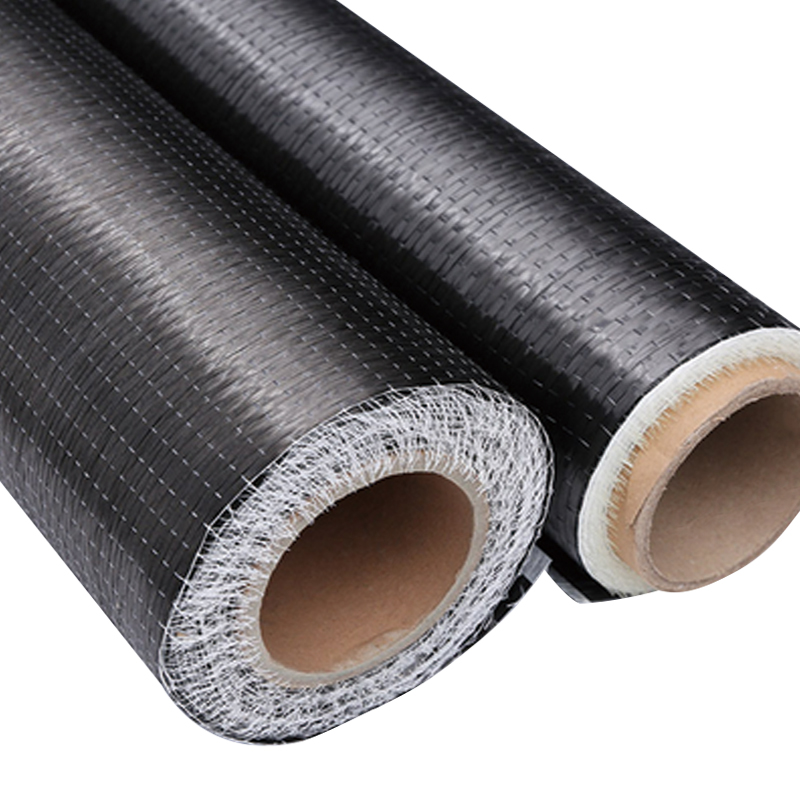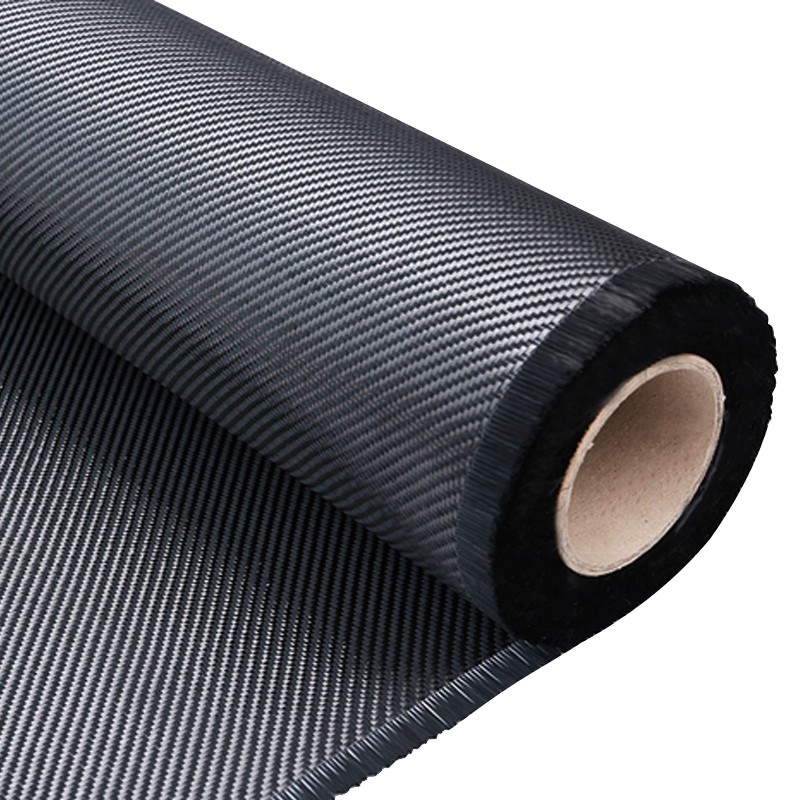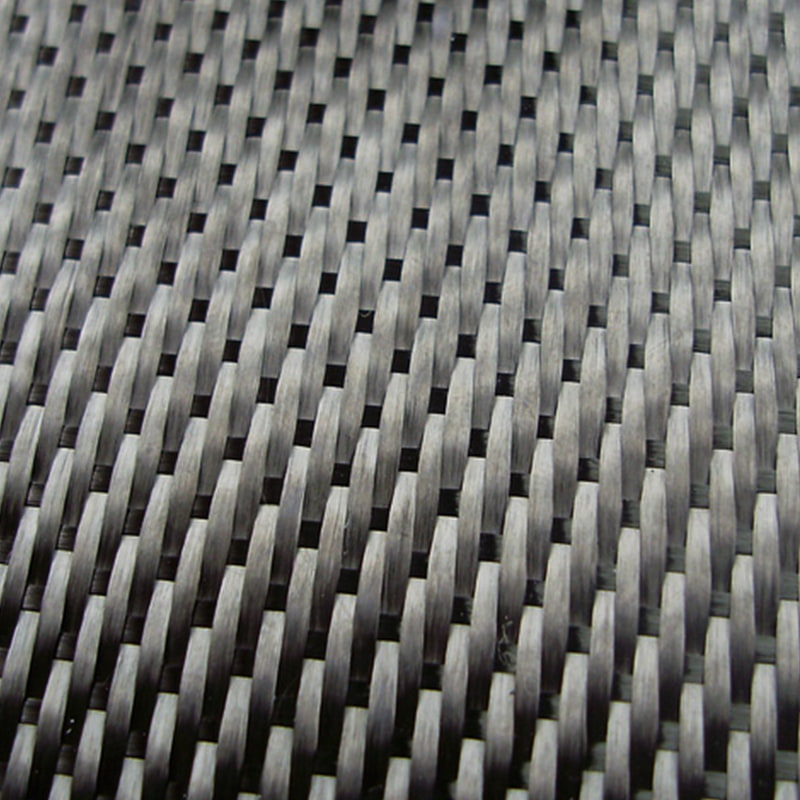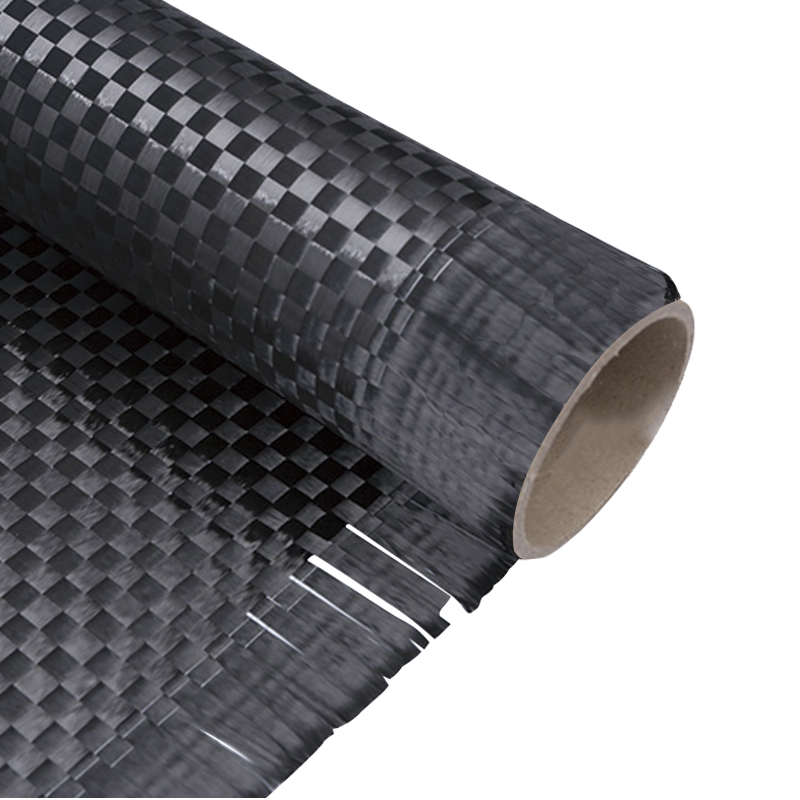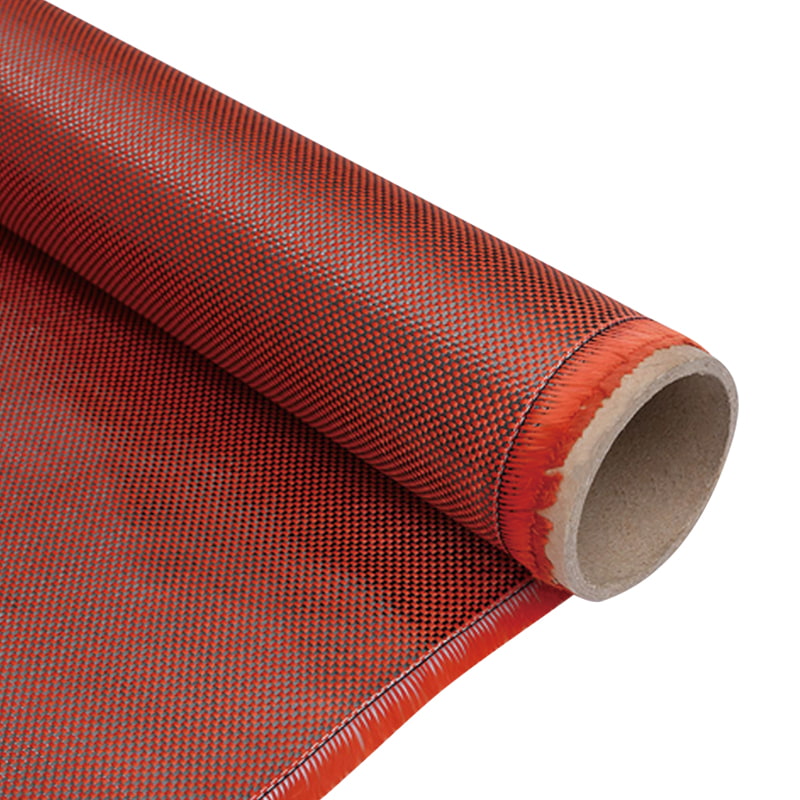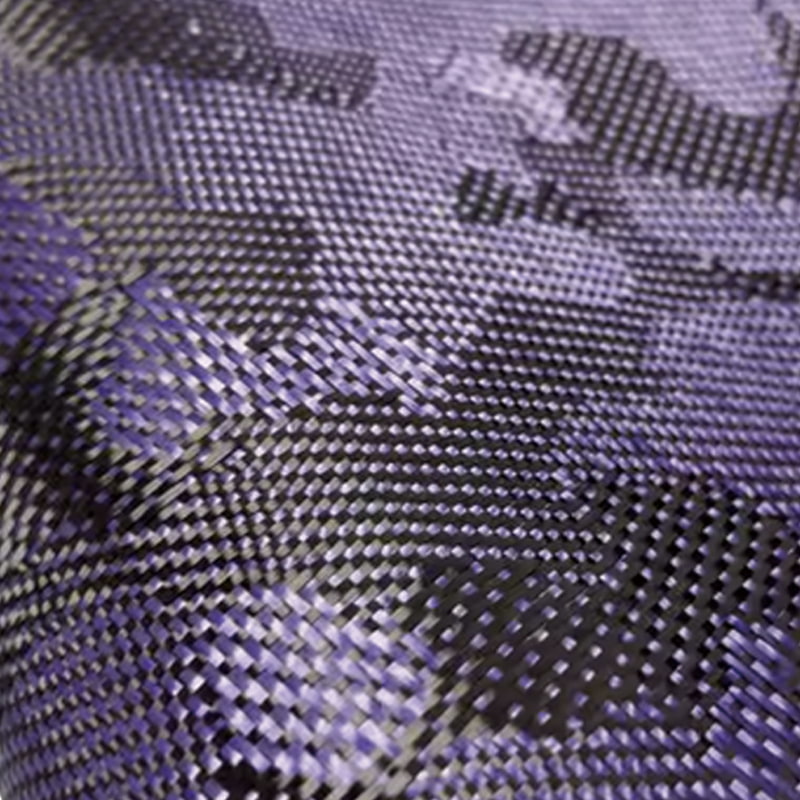Understanding the Synergy: A Closer Look at Hybrid Composites
The Dual Nature of Aramid-Carbon Fabric
In the world of advanced materials, a frequent challenge is creating a composite that combines seemingly contradictory properties. Pure carbon fiber offers incredible stiffness and tensile strength, but it's notoriously brittle. Aramid fibers, on the other hand, are renowned for their exceptional toughness and impact resistance, but lack the rigidity of carbon. The brilliant solution lies in a material that marries these two—the aramid-carbon mixed fabric. This composite material is engineered to leverage the strengths of both components, offering a balanced performance profile that neither can achieve alone. The true value lies in its synergistic properties, which go beyond a simple combination to create something truly unique.
-
Unpacking the Core Properties
The unique Aramid-carbon fiber hybrid fabric properties are what define its value. It's a material designed for resilience. Unlike a monolithic carbon structure that might shatter under a sharp, localized impact, the integrated aramid fibers act as an energy-absorbing network. They resist crack propagation, preventing a small fracture from becoming a catastrophic failure. This makes the hybrid fabric a top contender for applications where the risk of blunt force trauma is high. It’s not just about maximum strength; it's about reliable, durable strength.
-
A Look at the Microstructure
At a microscopic level, the interwoven fibers create a composite matrix that is both stiff and tough. The carbon provides the structural backbone, ensuring the final part maintains its shape and load-bearing capacity. The aramid fibers are strategically placed to dissipate energy from impacts, a function that pure carbon fiber cannot perform. This structural integrity makes the hybrid material perfect for parts that need to withstand high stress and potential strikes, from high-speed collisions to accidental drops.
A Comparative Analysis: Hybrid vs. Conventional Materials
Aramid-Carbon vs. Fiberglass: The Strength-to-Weight Advantage
When comparing composites, fiberglass is a common benchmark. While it’s affordable and easy to work with, it pales in comparison to aramid-carbon fabric. Where fiberglass offers decent tensile strength and moderate toughness, the hybrid material provides a significant leap in both performance metrics, all while being remarkably lighter. This is a critical factor for any application where weight directly impacts performance. A part made from aramid-carbon fabric will be exponentially stronger and stiffer at a fraction of the weight of a comparable fiberglass component.
To better illustrate the difference, here is a direct comparison of their key properties:
| Feature | Aramid-Carbon Hybrid Fabric | Fiberglass Fabric |
| Weight-to-Strength Ratio | Exceptional | Good |
| Tensile Strength | Superior (due to carbon) | Moderate |
| Impact Resistance | Excellent (due to aramid) | Fair |
| Stiffness | Very High | Low to Moderate |
| Cost | High | Low |
The choice between them often comes down to budget and performance requirements. For high-performance applications, the superior capabilities of aramid-carbon fabric justify its higher cost. It's a clear winner in a head-to-head performance match, as highlighted in the Aramid carbon fiber vs fiberglass debate.
Aramid-Carbon vs. Pure Carbon Fiber: Balancing Brittleness and Durability
-
The Brittle Achilles' Heel
While pure carbon fiber is the undisputed champion of stiffness and strength-to-weight ratio, its primary weakness is its brittleness. In high-stress scenarios, a sharp impact or concentrated load can cause it to crack or even shatter with little warning. Think of a high-performance bike frame, or a drone fuselage. A small crash that might only scuff a hybrid component could completely destroy a pure carbon one. This vulnerability makes pure carbon unsuitable for applications where reliability under unpredictable conditions is a priority.
-
Hybrid's Resilient Response
By integrating aramid fibers, the hybrid composite gains a crucial layer of resilience. This material doesn't just resist breaking; it bends and absorbs energy. The aramid component prevents cracks from spreading, localizing damage and often allowing the component to remain structurally sound even after impact. This is the key reason why hybrid fabrics are often the preferred choice for items like protective gear or high-end sports equipment that are likely to encounter bumps and scrapes.
Real-World Applications: Where Hybrid Fabric Excels
High-Performance Sports and Recreation Gear
The blend of strength, low weight, and impact resistance makes aramid-carbon fabric a staple in the high-performance sports industry. From Formula 1 racing shells to professional-grade bicycles, the material offers a competitive edge. Its ability to absorb shock is particularly valuable in items that need to be both light and durable. For instance, the Aramid-carbon fiber for kayak construction is a game-changer. It allows for ultra-lightweight boats that are not only incredibly stiff for efficient propulsion but can also withstand the constant abuse of navigating rocky waters without compromising structural integrity.
Protective and Structural Components
-
Beyond the Sporting Arena
The applications extend far beyond sports. In the aerospace industry, it's used for secondary structures and fairings that need to withstand foreign object debris. In the automotive sector, it's increasingly used in chassis components and body panels to improve safety without adding weight. The material's durability makes it ideal for parts that are frequently exposed to harsh conditions.
-
The Ultimate in Personal Protection
Perhaps one of the most compelling examples of this fabric's value is in personal protection. For a very long time, pure aramid fabrics were the go-to for bulletproof vests and stab-resistant panels. However, a significant advancement has been the development of Aramid carbon fiber cloth for body armor. The addition of carbon fiber to the aramid matrix can improve the vest's ability to resist piercing from sharp objects, while maintaining its core function of stopping projectiles. This blend provides a more comprehensive level of protection, offering a critical safety improvement for law enforcement and military personnel.
Fabrication and Handling: Working with Aramid-Carbon Composites
Essential Techniques and Considerations
While the performance of aramid-carbon fabric is exceptional, it does present some unique challenges in the manufacturing process. Unlike pure carbon fiber, the tough aramid threads can be difficult to cut. Standard scissors or knives will quickly dull. Instead, specialized tools like diamond-coated blades or high-speed rotary cutters are required for precise cuts. This is one of the more crucial aspects of Aramid carbon fiber processing techniques. Manufacturers must be equipped with the right tools to avoid frayed edges and waste.
-
Challenges and Best Practices
The different properties of the two fibers also mean that care must be taken during lamination. The resin's viscosity and curing time need to be carefully controlled to ensure it properly wets out both the stiff carbon fibers and the slightly more absorbent aramid fibers. Improper lamination can lead to voids in the final product, which would compromise the material's structural integrity and defeat the purpose of using a hybrid fabric in the first place.
The Lamination and Curing Process
-
Resin Selection and Application
Choosing the right resin is paramount. Epoxy resins are a popular choice due to their strong adhesion and good mechanical properties. The application method—whether by hand lay-up, vacuum bagging, or resin infusion—will depend on the complexity of the part and the desired finish. Vacuum bagging is often preferred as it ensures even pressure and removes excess resin, resulting in a lighter and stronger final product. The proper curing schedule, including temperature and time, is also critical for achieving the full strength potential of the composite.
Making an Informed Decision: Is it the Optimal Choice?
Weighing the Pros and Cons
Ultimately, the question of whether aramid-carbon mixed fabric is the best choice for a product with dual needs for strength and impact resistance depends on the specific application. The pros are significant: unparalleled combination of stiffness, strength, and durability; superior resistance to impact and fracture; and a lightweight profile. However, there are cons to consider, including a higher material cost and more demanding fabrication processes. For applications where failure is not an option and performance is paramount, the investment is almost always justified. It represents a significant upgrade over conventional materials, offering a level of reliability that pure carbon fiber cannot match in dynamic environments.
The Cost vs. Performance Equation
The price of aramid-carbon fabric can be several times that of fiberglass or even pure carbon fiber on a per-square-meter basis. For some projects, this cost may be prohibitive. However, for a high-end bicycle frame, a racing boat, or a protective component where human life or critical functionality is at stake, the superior performance and durability make it the most cost-effective choice in the long run. By extending the lifespan of the product and preventing catastrophic failure, the initial investment in this advanced material pays for itself many times over.
 English
English  中文简体
中文简体 عربى
عربى Tiếng Việt
Tiếng Việt
